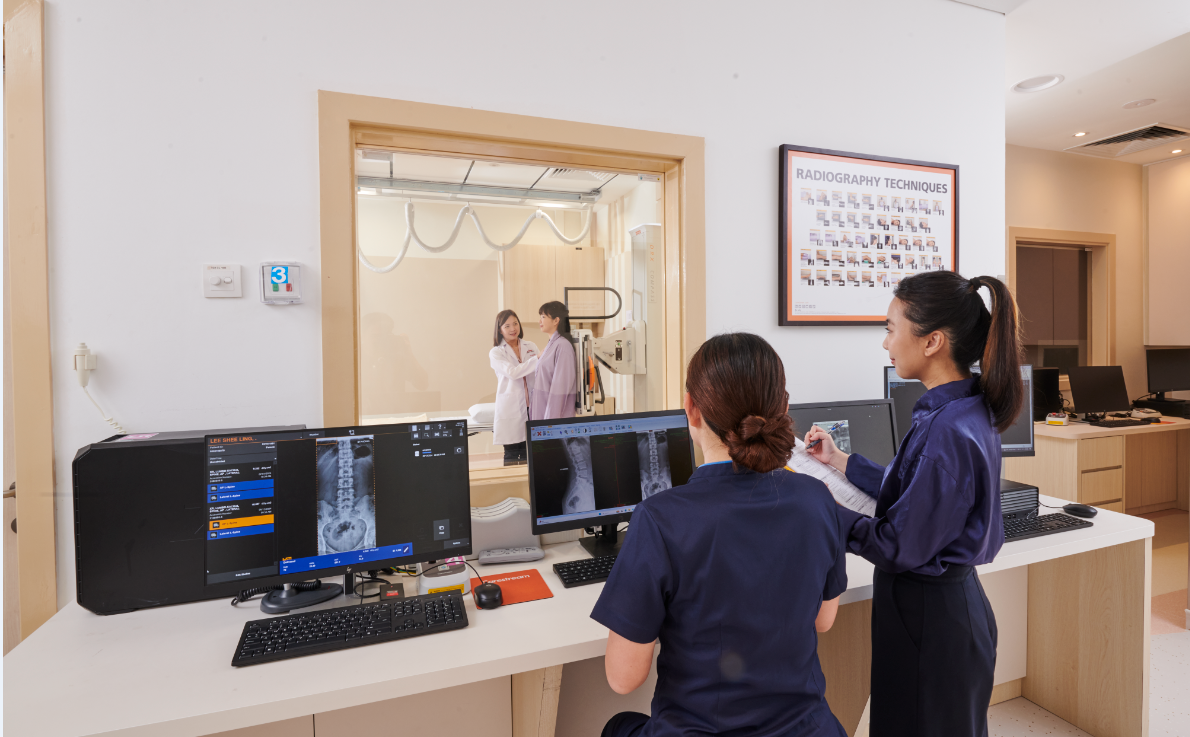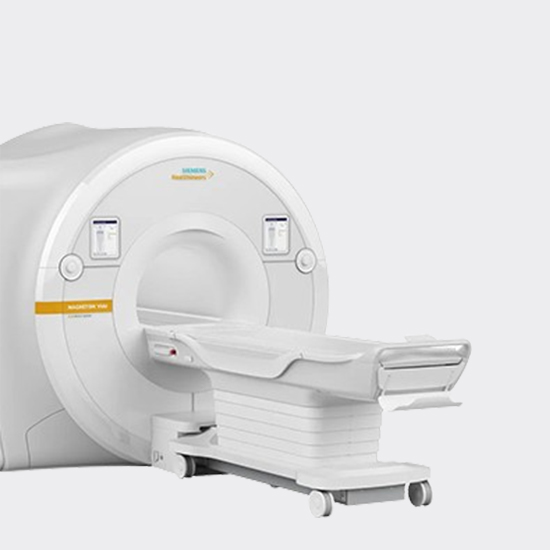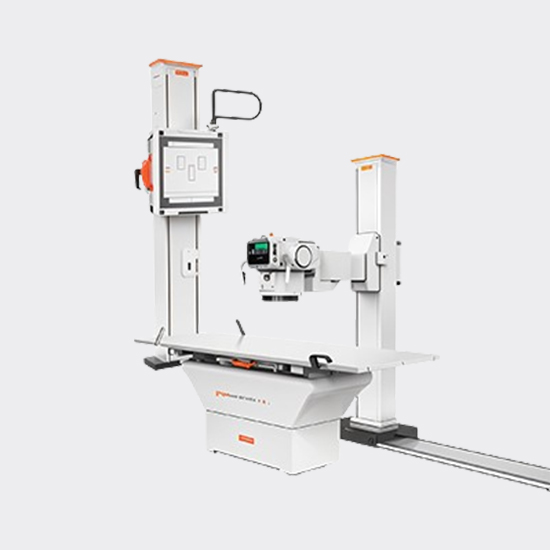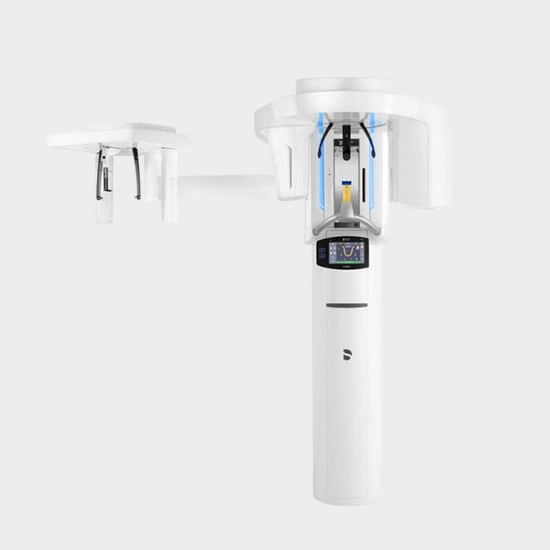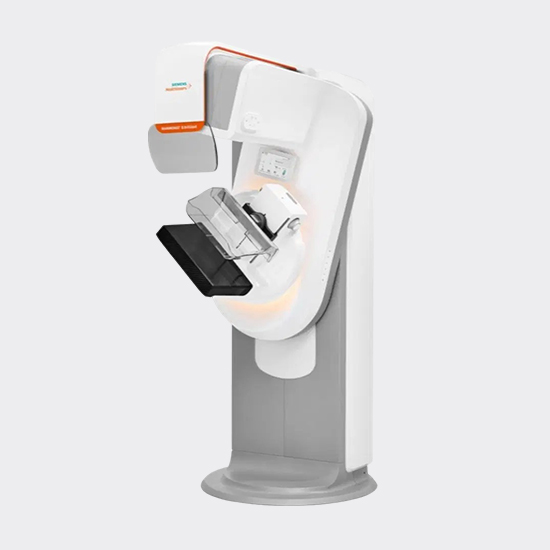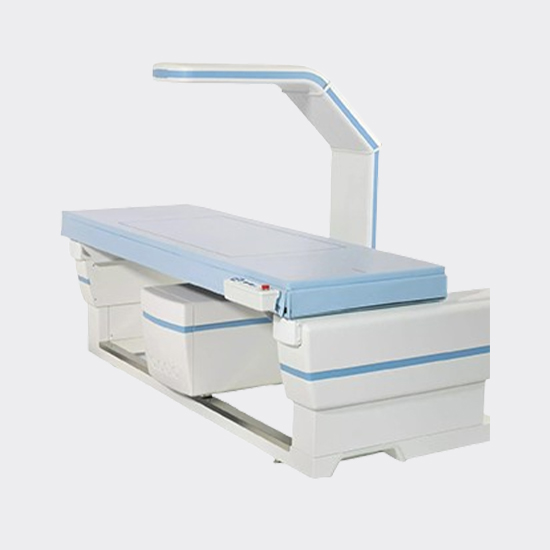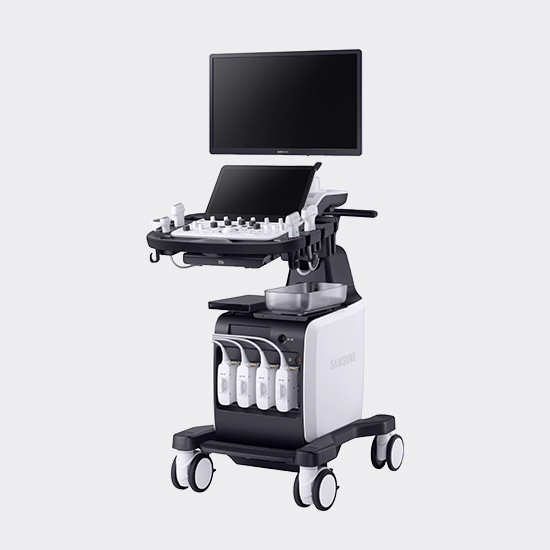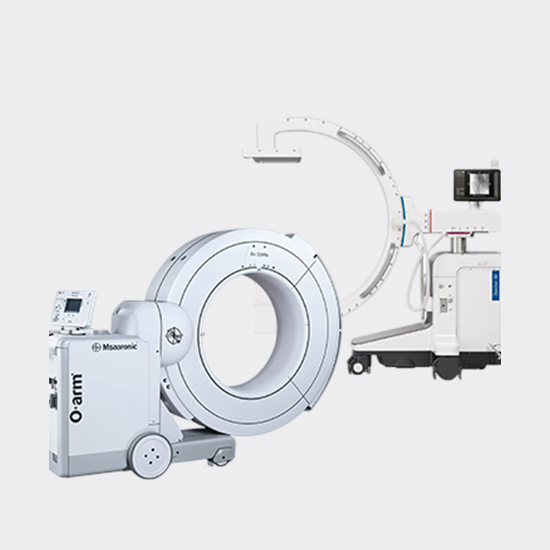Frequently Asked Question (FAQs)
Here, we’ve gathered answers to some of the most common questions about our radiology services. Whether you want to find out the types of imaging tests we offer, how to prepare for your procedure, or what to expect during your visit, we’re here to provide all the information you need. If you have any additional queries, feel free to reach out to us, we’re here to help!
What is a Radiology Test?
A radiology test is a diagnostic tool that uses advanced imaging technologies to capture detailed pictures of the body’s internal structures. These tests help doctors diagnose, monitor, and sometimes treat medical conditions. Aside from that, radiology imaging also provides insights into tissues, organs, and bones.
What are the Purposes of Radiology Tests:
Radiology tests play a significant role in healthcare, serving a wide range of purposes, including:
- Diagnosis: Radiology helps detect the presence of diseases, injuries, or abnormalities, such as fractures, tumours, infections, or internal bleeding with precision.
- Monitoring: These tests track the progression of conditions and evaluate the effectiveness of treatments. For example, they can monitor cancer response to therapy or healing process of fractures.
- Screening: Radiology is also used to identify potential health issues early, even before symptoms develop. Common examples include mammograms for breast cancer or CT scans for lung cancer.
- Intervention Real-time imaging guides minimally invasive procedures such as biopsies, stent placements, or fluid drain insertions.
Common Radiology Tests:
We provide a wide range of radiology tests, including:
- X-rays: Visualise bones, lungs, and other dense structures.
- Ultrasound: Use sound waves to image soft tissues, such as in pregnancy or abdominal organs.
- CT (Computed Tomography: Provide detailed cross-sectional images of the body.
- MRI (Magnetic Resonance Imaging) Use magnetic fields and radio waves to image soft tissues, such as the brain or joints.
- Mammography: Specifically used for breast imaging.
- Fluoroscopy: Real-time X-ray imaging, often for guiding procedures.
- Bone Density Scan (BMD): Assess bone strength and diagnose osteoporosis.
When Should You Get a Radiology Test?
Your doctor may recommend you to go for a radiology test to diagnose or evaluate a medical condition. Here are some common scenarios when a radiology test might be needed:
- Unexplained Symptoms: Persistent pain, swelling, or injury that requires further investigation.
- Screening: Detects potential health issues like cancer, heart conditions, or osteoporosis before symptoms appear.
- Monitoring: Track the progress of known conditions, such as cancer or fractures.
- Pre-Surgical Assesment: Evaluate specific areas of the body before a surgical procedure.
- Follow-Up Care: Check how well a treatment is working or detect any changes in your condition.
Your doctor will recommend the appropriate test based on your symptoms or medical history.
How to Prepare for a Radiology Imaging Procedure?
Preparation for a radiology test depends on the type of procedure. Here’s a quick guide to help you get ready:
● X-Rays & Basic Ultrasounds:
Usually, no special preparation is needed. However, for certain ultrasounds like the abdominal ultrasounds, you may need to fast for 6-8 hours before the test.
● CT Scans
If you’re having a CT scan, you may be asked to fast for 4-6 hours, especially if contrast materials (a dye used to help make certain areas of the body show up more clearly on the scan) will be used.
● MRI Scans
Before going for your MRI scan, you’ll be asked to remove any metal objects, like jewelleries or watches, as they can interfere with the imaging process. You should also inform the technician if you have any implants, pacemakers, or any metal inside your body.
● Mammograms
Avoid applying deodorant, lotion, or powder to your breasts or underarms, as these can affect the images.
● Bone Density Tests (DEXA Scans)
Wear comfortable clothing without metal zippers, buttons, or clasps that might interfere with the scan.
As a general rule, you should always follow any specific instructions from your healthcare provider to ensure the procedure delivers accurate and effective results.
Is an Imaging Procedure Safe?
Imaging procedures are generally safe and widely used in healthcare to diagnose and monitor medical conditions. However, like any medical test, they may involve some risks, depending on the type of procedure. For most diagnostic imaging, such as X-rays, CT scans, and MRI, the benefits typically outweigh the risks.
Radiation Exposure
Some imaging tests, like X-rays and CT scans, uses small amount of radiation. While this is generally considered safe for most people, repeated or high doses of radiation can increase the risk of cancer over time. Your doctor will ensure the lowest radiation dose necessary is used.
Contrast Dye
For tests like CT scans and MRIs, contrast dye may be used to enhance the images. This is safe for most people, but there is a small risk of an allergic reaction or kidney problems, particularly for those with pre-existing kidney issues.
MRI
MRI scans do not use radiation, but they can be uncomfortable for people with metal implants or pacemakers, as the strong magnetic field can interfere with these devices.
Interventional Radiology
For cases that require procedures like biopsies, there might be risks such as infection, bleeding, or organ injury. These tests are closely monitored by the medical team. Imaging procedures are designed with patient safety in mind. Your doctor will carefully evaluate the need for the test to ensure it is the best option for your condition while minimising any potential risks.
How Long Does a Radiology Test Take?
Typically, a radiology test lasts between 15 to 45 minutes, depending on the procedure. Quick tes like X-rays tend to be quicker, while more detailed scans, such as CT or MRI, may take longer.
Factors like the type of test, the area being scanned, and the use of contrast material can affect the duration. Your healthcare provider will let you know how long to expect based on your specific test.
Will the Procedure Be Painful or Uncomfortable?
Most radiology procedures are not painful, but some may cause mild discomfort depending on the type of test
For imaging procedures like X-ray or ultrasound, there is typically no pain, though you may need to stay still, which can be uncomfortable for some. CT scans are also generally painless, but the injection of contrast dye might cause a warm sensation or slight discomfort.
For MRI scans, you may feel a little discomfort from lying still in a confined space. Contrast material, if required, can cause mild discomfort or a cold sensation.
While mammograms are painless, it can cause temporary discomfort due to breast compression, but it is only for a brief period.
Bone density tests are completely painless, though you might need to stay still for a few minutes.
If you are having an interventional radiology procedure, such as a biopsy or stent placement, you may feel some pressure or mild discomfort as local anaesthesia will be used, but it should not be painful.
If you have concerns about pain or discomfort, your healthcare provider can suggest ways to help you feel more at ease during the procedure.
How Soon Will the Results of My Imaging Test Be Available?
The timeframe for receiving your imaging test results depends on the type of test and the urgency of your case. Here’s a general timeline as a guide:
Same-Day Results
- Emergency Cases: In urgent situations, such as trauma or suspected stroke, preliminary results are typically available within 1 hour for the treating physician.
- Non-Urgent Cases: Reports are typically ready within 1–2 hours, except in urgent cases where priority is given to emergencies.
Will My Insurance Cover the Imaging Procedure, and What Will It Cost?
Insurance coverage for imaging procedures depends on your plan, the type of procedure, and your healthcare provider’s billing policies. Here’s what you need to know:
Insurance Coverage
- Diagnostic Imaging: Most insurance plans cover diagnostic tests like X-rays, MRIs, or CT scans if ordered by your doctor to diagnose a medical condition.
- Screening Tests: Routine screenings, such as mammogram or bone density scans, are often included under preventive care, but coverage can vary depending on your plan.
Factors Affecting Coverage and Costs
- Types of Procedure: Most insurance plans cover diagnostic tests like X-rays, MRIs, or CT scans if ordered by your doctor to diagnose a medical condition.
- Pre-Authorisation Requirements: Some insurance plans require prior authorisation for certain imaging tests.
What You Should Do:
- Verify Coverage: Contact your insurance provider to confirm what’s covered, including any out-of-pocket costs, and pre-authorisation requirements.
- Request an Estimate: Speak with the radiology department or billing office for a cost estimate before your test.
How Accurate are the Results, and Will I Need Additional Tests?
The accuracy of imaging tests is generally very high, but several factors can influence the results, including the type of test, the quality of the equipment, and the expertise of the radiologist interpreting the images.
For example, X-rays, CT scans, and MRIs are reliable for diagnosing many conditions, but no test is 100% accurate. Factors like patient movement, the positioning of the body, or the presence of certain conditions can sometimes make the results less clear.
In some cases, your doctor might recommend additional tests to confirm a diagnosis or to get a clearer view. For example:
- If an MRI, CT scan or ultrasound, shows something unusual, your doctor may order a biopsy or a follow-up test to further investigate.
- If a mammogram finds something suspicious, additional imaging (such as ultrasound or biopsy) may be needed to confirm if it's cancer.
In other cases, further tests like blood tests or more specialised imaging may be needed to get a full picture of your health. Your doctor will guide you on whether additional tests are necessary based on the initial imaging results./p>
What is Interventional Radiology?
Interventional radiology (IR) is a medical specialty that uses imaging techniques, such as X-rays, CT scans, ultrasound, and MRI, to guide minimally invasive procedures. These procedures are performed through small incisions or natural body openings, reducing the need for traditional surgery.
Key Aspects of Interventional Radiology:
Minimally Invasive:
IR procedures require small incisions, often no larger than the size of a needle, which results in less pain, shorter recovery times, and fewer risks compared to traditional surgery.
Guided by Imaging:
IR procedures are precisely guided using real-time imaging to ensure accuracy. This allows doctors to target specific areas inside the body without the need for large incisions.
Common Interventional Radiology Procedures:
- Biopsies: Using imaging to guide a needle to take tissue samples for diagnosis (e.g., liver, lung, or breast biopsy)
- Angioplasty and Stenting: To treat blocked or narrowed blood vessels, a catheter is inserted and guided to the site to place a stent, widening the vessel
- Embolization: A procedure to block blood flow to certain areas, such as tumours or abnormal blood vessels, by injecting materials like coils or particles
- Drain Placement: Inserting tubes to drain fluids from abscesses, cysts, or other areas in the body.
- Uterine Fibroid Embolization: A procedure to shrink or eliminate fibroids in the uterus by blocking their blood supply.
- Neuro Internventional Procedures: Procedures involving the brain or spine, such as treating aneurysms or certain types of strokes.
Benefits of Interventional Radiology:
- Less Invasive: Smaller cuts, less pain, and faster recovery
- Faster Recovery: Shorter hospital stays, often outpatient
- Reduced Risk: Fewer complications compared to open surgery
- Precision: Imaging helps pinpoint the exact area needing treatment, increasing accuracy
Interventional radiology offers an alternative to traditional surgery, making it a valuable option for patients needing treatment for various conditions. It combines the expertise of radiologists with advanced imaging technology to provide effective, less intensive care.
What is the Difference Between Radiology and Interventional Radiology?
The key difference between radiology and interventional radiology (IR) is the purpose of the imaging.
Radiology focuses on diagnosis using machines using imaging tools like X-rays and MRIs to help doctors see what’s wrong.
Interventional radiology goes a step further as it not only diagnoses, but also treats them using minimally invasive methods, guided by imaging. Examples include inserting catheters or performing biopsies, all without the need for major surgery.
What Conditions Can Interventional Radiology Treat?
Interventional radiology (IR) offers minimally invasive procedures that effectively treat a wide range of medical conditions, providing alternatives to traditional surgery. Some of the conditions it can treat include:
● Vascular Conditions
IR can address blocked arteries, aneurysms, and varicose veins through techniques such as stenting and embolisation.
● Cancer Treatments
Certain cancers, such as liver tumours, can also be treated with IR, using methods like tumour ablation and chemoembolization.
● Kidney and Urological Issues
Medical conditions like kidney stones, an enlarged prostate, and liver disease can be managed with procedures like drainage, stent placement, or embolization.
● Gynaecological Issues
For gynaecological concerns, such as fibroids, IR offers effective treatment through uterine embolization.
● Spinal and Orthopaedic Problems
IR can be used to treat spinal fractures and other orthopaedic conditions, offering a non-surgical approach to healing.
Compared to traditional surgery, interventional radiology provides highly effective treatments with smaller incisions, fewer risks, and faster recovery times, making it an ideal choice for many patients.
Do I Need to go for Multiple Sessions of Interventional Radiology?
The number of sessions required for interventional radiology (IR) procedures depends on the specific condition being treated, the type of procedure performed, and how the patient responds to treatment. In most cases, only one session is needed, but there are certain situations where multiple sessions may be necessary.
What Are the Risks or Potential Complications of Interventional Procedures?
Interventional radiology (IR) procedures are generally safe, but like any medical treatment, they carry some risks. These include:
- Infection
- Bleeding
- Blood clots
- Allergic reactions
- Damage to nearby organs or tissues
- Radiation exposure
- Nerve injury and post-procdure pain
- Condition recurrence
- Anesthesia-related risks
Despite these risks, complications are uncommon in IR procedures, and your healthcare team takes comprehensive steps to minimise these risks and ensure your safety.
Do I Need Someone to Drive Me Home After an Interventional Radiology Procedure?
Yes, it is generally recommended to arrange for someone to drive you home after an interventional radiology (IR) procedure. Depending on the type of procedure and sedation used, you may feel drowsy, dizzy, or unwell afterward. Even if only local anesthesia is administered, mild discomfort or side effects could still affect your ability to drive.
For procedures involving sedation or general anesthesia,having someone accompany you is especially important, as these can impair your coordination and alertness. Your healthcare team will provide specific instructions based on the procedure and your individual condition.
How Long is the Recovery Period After an Interventional Radiology Procedure?
Recovery after an interventional radiology (IR) procedure is generally shorter than traditional surgery, because these are minimally invasive procedures. Most patients can return home the same day, though you may need someone to drive you if sedation was used.
In the first 1–2 days, you may experience mild pain or discomfort at the insertion site. It's important to avoid strenuous activities to allow proper healing.
Full recovery usually takes 1–2 weeks, depending on the complexity of the procedure. For more complex treatments, recovery could take longer, and your doctor will give tailored advice based on your specific case and schedule any necessary follow-up appointments.
